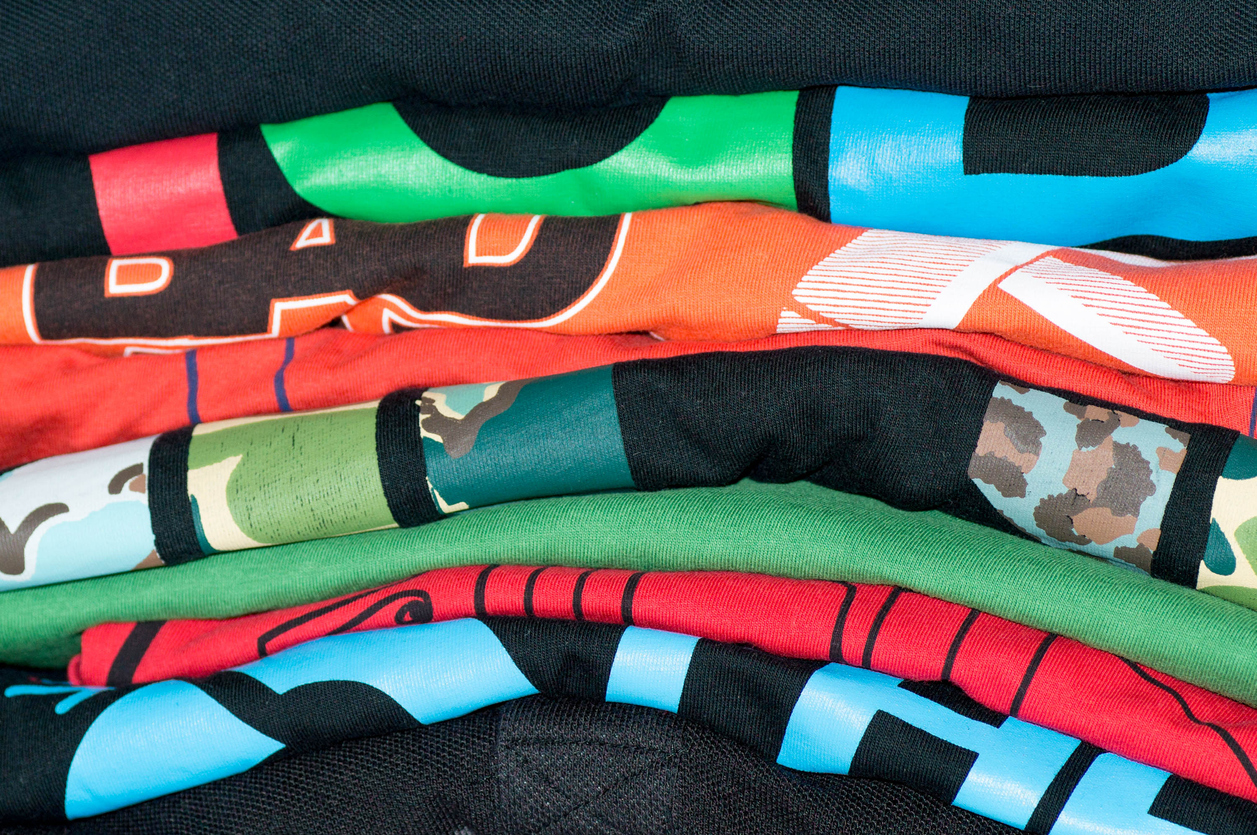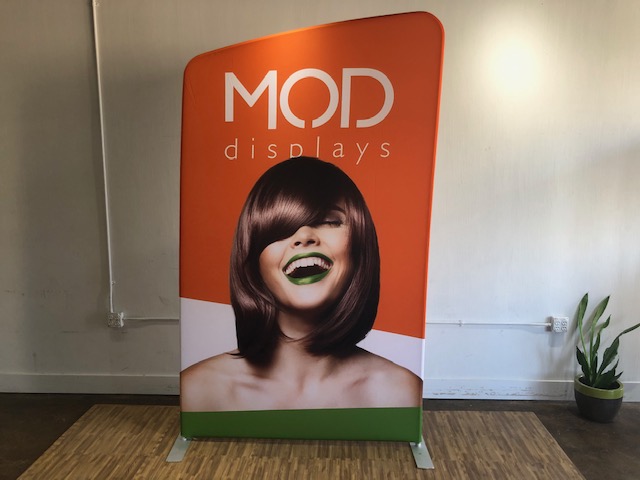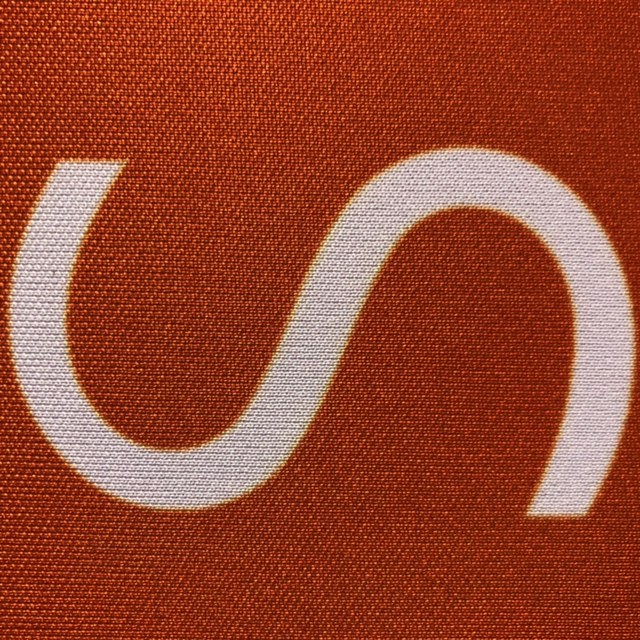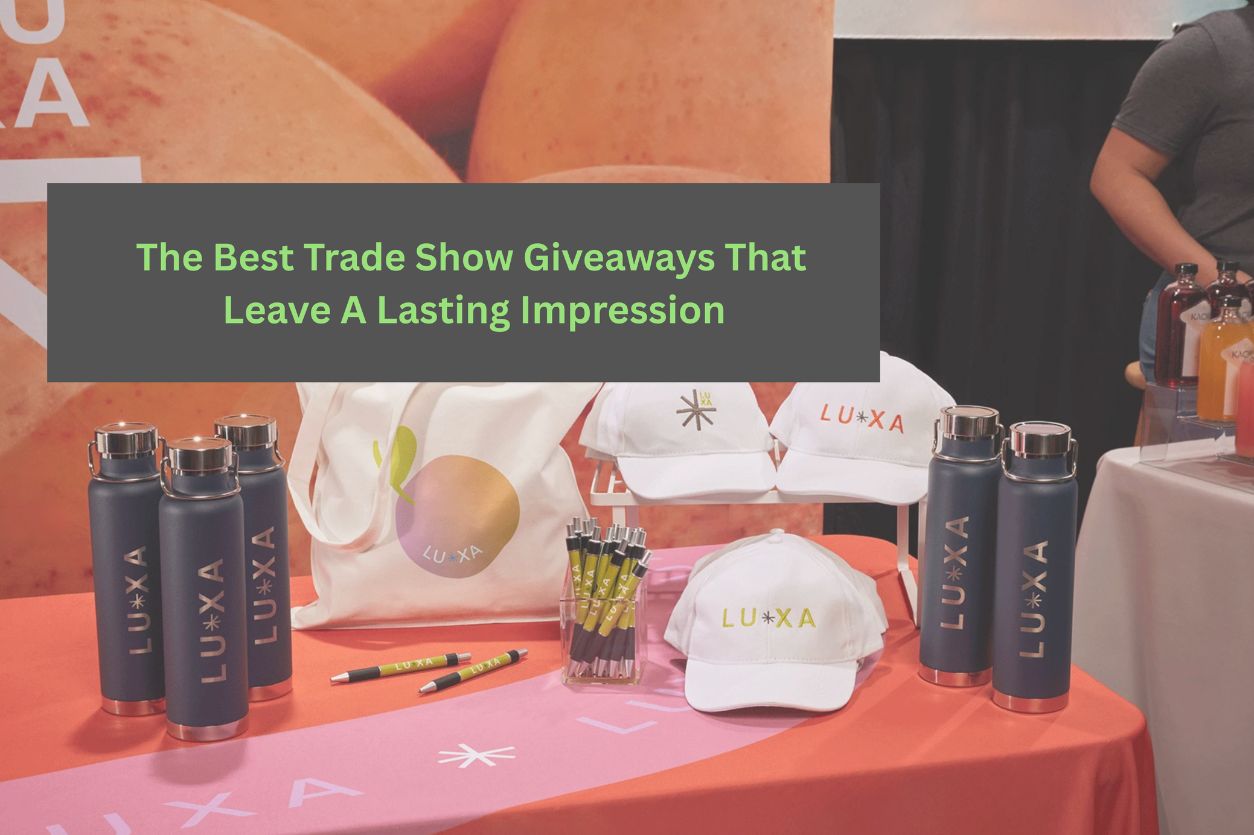Key Points
- Dye-sublimation printing embeds ink into fabric fibers rather than just pressing it on the surface, creating long-lasting graphics.
- The process involves printing onto transfer paper, heat-pressing it with fabric, and transforming the ink into gas that bonds with the material.
- Dye-sub graphics are vibrant, durable, fade-resistant, and flexible, with unlimited color options and machine-washable capability.
- Unlike heat press printing, which applies ink on top of fabric, dye-sublimation infuses the design into the fabric itself for a smoother, more professional finish.
- This method is especially useful for large-scale trade show displays, providing high-quality visuals that won’t crack, peel, or run.
What does dye-sublimation (dye-sub) printing mean in simple terms?
In a nutshell, dye-sublimation is a printing process that actually embeds ink into a substrate instead of just printing on the top layer. In the event industry, this usually refers to the fabric graphics commonly seen in trade show booths. While this is an oversimplification, it’s a quick summary most people are really interested in. Below are the actual steps to provide a better understanding of the dye-sublimation printing process.
How the dye-sublimation printing process works step-by-step:
1. The artwork is printed, using liquid sublimation ink, onto a special transfer paper
2. The ink is allowed to dry on the paper
3. That transfer paper is then aligned on top of the desired substrate (poly-fabric)
4. Both the transfer paper and the fabric are put through a heat press together
5. While in the heat press, the sublimation ink on the transfer paper is vaporized into a gas
6. The gas then transfers from the paper, into the pores of the fabric and bonds with the material below
7. The graphic is removed from the heat and the transfer paper is discarded
8. Once cooled, the final product is a vibrant, dyed fabric that is resistant to fading, running, and cracking
Why use dye-sublimation printing?
As opposed to a standard heat pressed graphic, where the ink is just pressed onto the top of the material, dye-sublimation prints are fully embedded into the fabric. Here are several important benefits that would matter to you.
Dye-Sublimation Benefits:
1. The art will stretch and move with the fabric instead of cracking
2. The final graphic is nearly fade proof
3. Your graphic will not run
4. Unlimited colors can be used in the art
5. Ink will not rub or peel off
6. Many dye-sub graphics are machine washable
7. The graphics are both durable and vibrant
Dye-Sublimation vs Heat Press
Understanding the difference between these processes can be a little confusing because the process itself seems, from the outside, to be nearly identical. Though the processes seems to be the same, they are different and provide different results.
Heat press graphics use their own special heat transfer paper and more traditional inkjet or Laser print ink. As with the dye-sublimation printing process, the art is printed on the transfer paper, laid on the desired substrate (often fabric) and put into a heat press. Once in the heat press, the art is pressed onto the material through the heat transfer paper. At this point, the transfer paper is removed and the print is allowed to cool. When completed, the graphic has adhered to the top of the fabric. Heat press prints are typically have a glossy sheen but some can appear matte as well. This technique is common with smaller items like t-shirts and hats.

Dye-Sublimation uses a similar process but different materials for a different outcome. In this process, sublimation paper and ink are used along with a special digital heat printer and software. Instead of pressing the design onto the graphic, the sublimation ink transforms into a gas when heated and is embedded into the fabric as opposed to being pressed onto the fabric. This process is more common among large scale display prints.



This quick video from Ricoma does a nice job showing the difference between a standard heat press and dye-sublimation print. The video was made using t-shirts but the concepts hold true for tension fabric trade show display graphics as well.
Our fabric graphics are printed using dye-sublimation because we feel it offers the best product for you. Dye-sublimation printing provides vibrant, high-resolution prints that don't fade while allowing us to use durable polyester blend tension fabric graphics. If you have any questions about dye-sublimation or trade show displays in general, please feel free to contact us at info@moddisplays.com or call 877.663.3976.






.jpg)

.png)

.avif)






